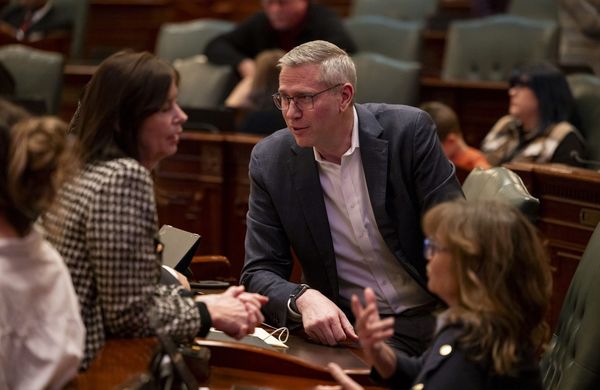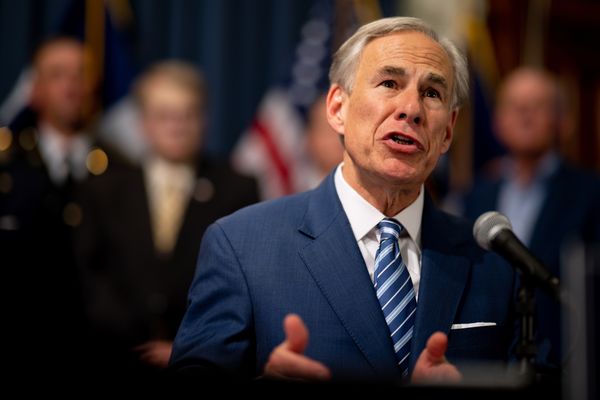
The Federal Reserve and the Treasury Department are preparing emergency measures to shore up banks and ensure they can meet potential demands by their customers to withdraw money, as the US seeks to stave off a deeper crisis after SVB Financial Group’s failure.
The Fed is planning to ease the terms of banks’ access to its discount window, giving firms a way to turn assets that have lost value into cash without the kind of losses that toppled SVB’s Silicon Valley Bank. The Fed and Treasury are also preparing a program to backstop deposits using the Fed’s emergency lending authority.
The changes under discussion were described by people with knowledge of the matter, who asked not to be named because the talks are confidential. Representatives for the Fed and Treasury had no comment.
Regulators are discussing extraordinary measures as banks face the prospect of booking losses if customers pull uninsured deposits after the swift collapse of SVB rattled financial markets last week and left its csylients in the lurch. A flood of withdrawals can force banks to sell assets such as bonds that have deteriorated in value amid interest-rate increases — the dynamic behind SVB’s demise.
The use of the Fed’s emergency lending authority is for “unusual and exigent” circumstances, and signals that US regulators view the spillovers from SVB’s collapse as a sign of systemic risk in markets. The FDIC will need to declare a systemic risk exception in order to insure the uninsured depositors.
The emergency lending facility is a Depression-era statute in the Federal Reserve Act that allows the central bank to make loans directly. The Fed is required to establish that borrowers were unable to obtain liquidity elsewhere. Using the emergency authority requires a vote by the Fed’s board and approval from the Treasury secretary.
Using Window
Some banks began drawing on the discount window Friday, seeking to shore up liquidity after authorities seized Silicon Valley Bank, people familiar with the situation said, the latest sign of mounting stress among the nation’s lenders. In doing so, banks were reaching beyond the so-called lender of second-to-last resort, the Federal Home Loan Bank System, which has seen a surge in borrowing over the past year.
Unclear is how many banks did so. At least one would have normally used the New York FHLB. In a statement, the New York FHLB said it had experienced “heightened demand from our members as they reacted to a volatile market” but was able to honor borrowing requests made on Friday.
The Fed currently has two lending programs under the discount window. The primary credit program is for healthy banks that can bring collateral to the Fed and get loans at a slight penalty to their overnight lending rate, known as the federal funds rate.
There is a second program called secondary credit which is aimed at troubled banks, which involves higher penalty rates and shorter terms on loans.
The Fed typically haircuts assets in both program to insure itself against risk. For example, Treasuries dated longer than 10 years suffer a 5% haircut to account for their volatility. The haircuts could be changed by the Fed so they pay out more credit on relatively safe pools of collateral.
Use and terms of the discount window are within the scope of the Fed’s own decision-making and avoids the multi-agency sign-off required in an emergency lending facility.
--With assistance from Hannah Levitt, Matthew Monks, Sridhar Natarajan and Max Reyes.
©2023 Bloomberg L.P.







